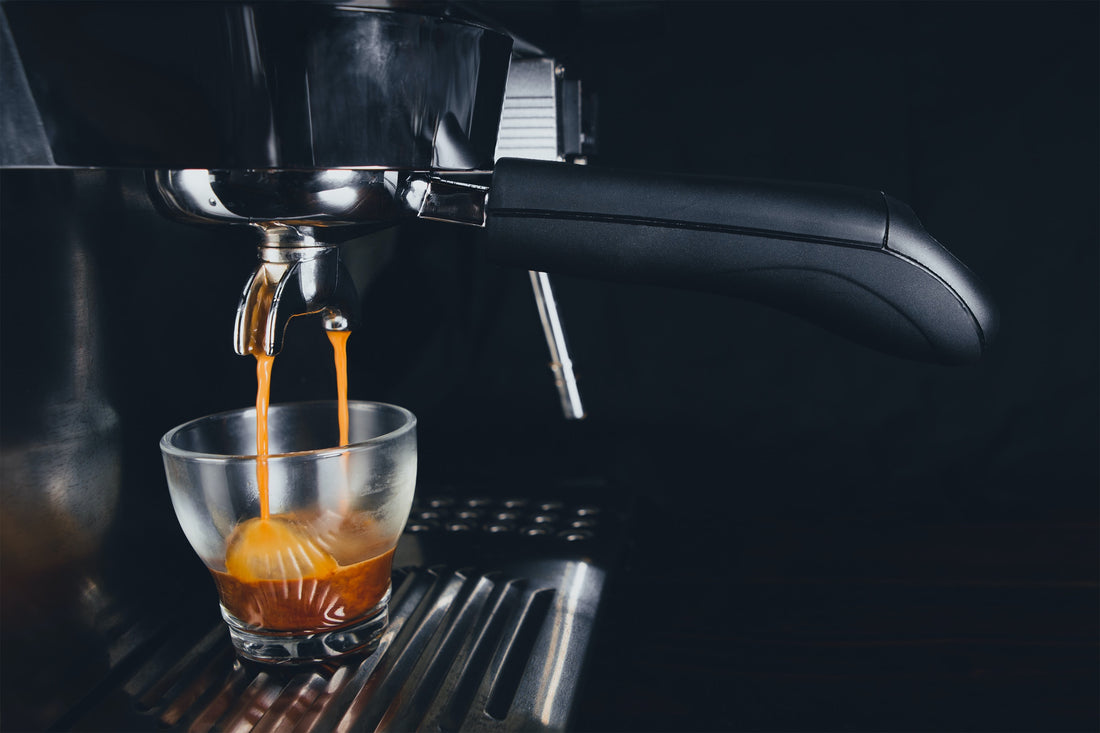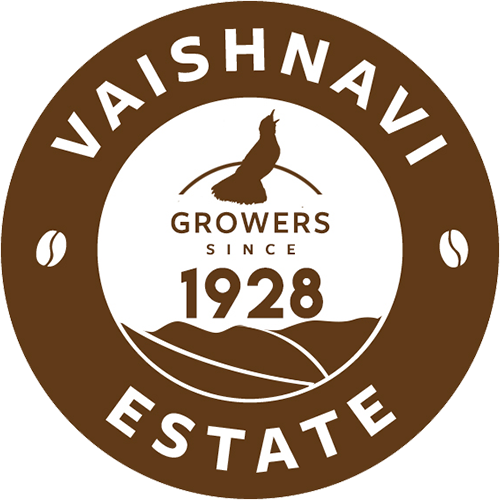
Fast or Slow, Light or Dark?
Share
The final colour of the coffee beans (light or dark), and the time taken to get to that colour (fast or slow), are what make a roast. It’s not enough to classify a coffee as a light roast or dark roast, as the roast could have been relatively fast or slow. The flavour will definitely be quite different between the fast and the slow, even though the bean may look the same.
During the roasting process, majority of the various chemical reactions reduce the overall weight of the coffee, not least of course the evaporation of moisture. Slow roasting (14-20 minutes) will result in a greater loss of weight (anywhere from 16-18 percent) than fast roasts, which can be achieved in as little as ninety seconds. Slow roasts also achieve a better, if more expensive cup of coffee. (Of course, it would be expensive as the cost of production would go up dramatically with more energy being used for slow roasts).
The roasting process can be controlled to achieve the right taste through altering three key aspects: acidity, sweetness and bitterness. Generally, longer the coffee is roasted, the less acidity it will have in the end. Conversely, bitterness will slowly increase the longer a coffee is roasted, and will definitely increase the darker a coffee is roasted.
The sweetness of coffee is presented as a bell curve, peaking in between the highs of acidity and bitterness. An experienced roaster can manipulate the sweetness of the coffee in relation to its roast degree, producing either a very sweet, yet also quite acidic coffee, or a very sweet, but more muted cup by using a different roast profile. However, adjusting a roast profile can never improve a poor-quality coffee.
There are a lot of key stages during roasting, and the speed at which a particular coffee passes through each of these stages is described as its roast profile. Many coffee roasters track their roast profiles carefully so they can replicate them to within very tight constraints of temperature and time.
The taste that you’re expecting to get out of your cup of coffee depends on the roast of the coffee. For instance, if you wish to have your coffee bitter, you’d have to ask for a slow, dark roast. On the contrary, if you need to have an energetic kick of sweetness in the morning, based on the above-mentioned information, a slow, light roast would be preferable. We hope that this blog has given you some clarity when it comes to what you need to ask for in order to get the desired flavour from your cup of coffee.
